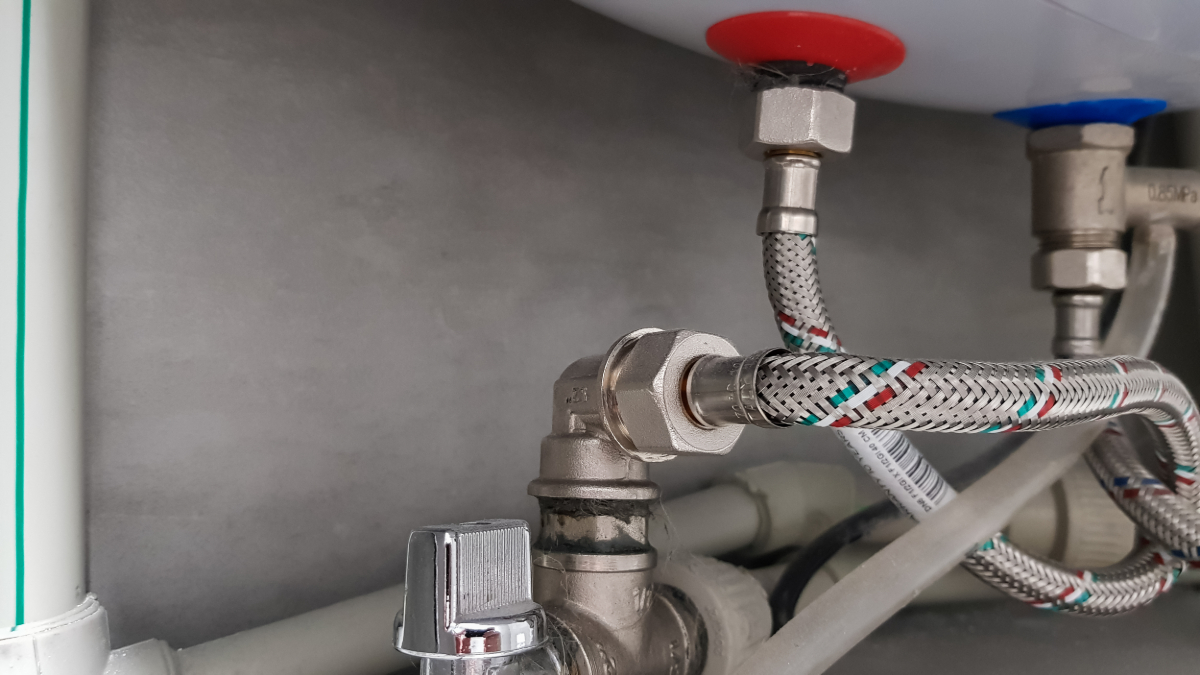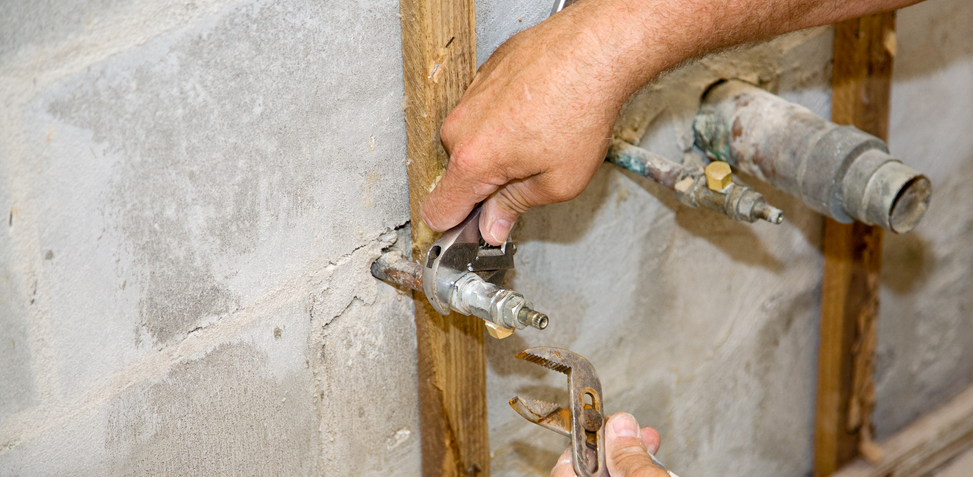This article further down on the subject of Common Plumbing Challenges In Old Buildings is highly stimulating. Check it out yourself and figure out what you think about it.

Older homes typically include beauty, personality, and history, yet they can likewise bring a host of plumbing concerns. Whether you're taking care of aging pipelines, low water stress, or leaks, knowing just how to deal with these common troubles is important to keeping a risk-free and functional home. In this overview, we'll explore the regular plumbing obstacles faced by older homes and give functional solutions to maintain your plumbing in leading shape.
Recognizing Common Pipes Issues
Aging Pipelines
Among the most usual problems in older homes is maturing pipes. Depending upon the period in which your home was developed, the pipelines might be made from products that have degraded over time, such as galvanized steel, cast iron, and even lead. These products can corrode, end up being weak, or establish leakages, leading to water damages and possible health hazards.
Water Top Quality Screening
Older pipes can impact the top quality of your water. Conduct a water quality examination to look for contaminants such as lead, corrosion, or various other impurities that might be introduced by aging pipelines.
Solutions for Usual Plumbing Problems
Changing Aging Pipelines
If your home has old, deteriorating pipes, take into consideration changing them with modern materials like copper or PEX. This can be a substantial financial investment, yet it will prevent future concerns and improve the safety and dependability of your pipes system.
Dealing With Low Water Pressure
To take care of low tide stress, beginning by cleaning or changing old fixtures and removing mineral accumulation in the pipes. If the issue lingers, it might be needed to change areas of rusty pipelines.
Repairing and Replacing Leaking Pipelines
For small leaks, you can use pipe clamps or epoxy putty as a short-term repair. Nevertheless, it's finest to replace leaking pipes entirely to prevent additional damage.
Upgrading Fixtures
Upgrading old fixtures to modern, water-efficient models can improve your home's plumbing performance and reduce water intake. Seek components with the WaterSense tag for the very best performance.
Taking Care Of Pipe Rust
If your pipelines are rusted, replacing them with corrosion-resistant materials like copper, PVC, or PEX is the best solution. Normal assessments and water top quality upkeep can assist avoid even more corrosion.
Low Tide Stress
If you're experiencing low tide pressure, it could be as a result of natural resources, rust inside the pipes, or old fixtures that are no longer working efficiently. This can be a significant aggravation, specifically in areas like showers and sinks.
Leaking Pipelines
Leaks are another constant problem in older homes, typically triggered by corroded or damaged pipes. Also little leaks can bring about considerable water damage, mold and mildew growth, and raised water costs if not addressed promptly.
Out-of-date Fixtures
Obsolete plumbing components such as faucets, toilets, and showerheads not just look old but may also be much less efficient, vulnerable to leaks, or inappropriate with contemporary plumbing requirements.
Pipe Deterioration
Rust is a common trouble in older pipes, specifically those made from galvanized steel or actors iron. Corroded pipes can restrict water circulation, cause staining, and eventually cause leaks or pipe bursts.
Analyzing the Condition of Your Pipes
Examining Noticeable Pipes
Begin by inspecting any kind of noticeable pipelines in your house, such as those in basements, crawl spaces, or under sinks. Seek indications of deterioration, leaks, or corrosion, which can show underlying problems.
Looking for Leaks
Look for leaks by evaluating areas around taps, toilets, and under sinks. You can likewise check your water meter before and after a period of no water make use of to spot surprise leaks.
When to Call a Professional
While some plumbing concerns can be handled with DIY options, there are times when it's best to employ a professional. If you're handling significant leakages, extensive corrosion, or are unclear about the condition of your pipes, a qualified plumber can supply experienced analysis and repair.
Preventive Maintenance Tips
Routine Examinations
Regularly examine your plumbing system for indications of deterioration. Capturing concerns early can prevent costly repair work down the line.
Water Pressure Guideline
Ensure your water stress is within the advised array to stay clear of emphasizing your pipelines and components. A plumbing can install a pressure regulator if needed.
Water High Quality Maintenance
Install water filters or softeners if your water quality is poor. This can protect your pipes and fixtures from damage caused by hard water or contaminants.
Aggressive Pipeline Substitute
If your home has older pipelines, think about positive replacement before major concerns occur. This can conserve you from emergency repair work and water damage.
Conclusion
Dealing with pipes concerns in older homes calls for a mix of caution, precautionary maintenance, and prompt upgrades. By recognizing the typical difficulties and knowing when to seek specialist aid, you can ensure your plumbing system remains useful and trustworthy for many years to find.
Common Plumbing Issues in Older Homes
Pipe corrosion
Pipe corrosion is a common plumbing issue in older homes. Several factors can cause pipes to corrode:
Water: Ironically, water is the number one cause of pipe corrosion. When water seeps into cracks in pipes, it can cause the metal to rust and break down, leading to leaks or even burst pipes.
Oxygen: Oxygen is another significant culprit in pipe corrosion. When oxygen interacts with water, it can cause the metal to oxidize and weaken.
Chemicals: Chemicals such as chlorine and fluoride can also contribute to pipe corrosion. These chemicals can react with the metal in pipes, causing them to break down over time.
Leaky pipes
Pipes that leak is one of the most common plumbing issues plaguing residents of older houses. While a small leak may not be a problem initially, it can lead to significant problems if left unaddressed. In addition, water damage can be very costly to repair and may cause damage to electric fixtures, promote mold growth and cause many other issues.
Worn-out fixtures
Older homes often have worn-out fixtures which may need replacement. Over time, the finishes on fixtures can wear down, exposing the underlying metal to corrosion. This can cause fixtures to leak or even break completely. It s best to have a professional plumbing contractor regularly inspect the fixtures in older homes and replaces them if necessary.
Faulty water heaters
A leaky water heater can cause severe damage to the home as it can be both a flood and fire hazard. Call a plumber immediately if it appears that the water heater might be leaking.
If the heater isn t working correctly, it could be because the pilot has gone out. The pilot light going out may indicate gas supply issues or leaks. It is also worth checking the thermostat to see if it needs to be adjusted.
If the water heater is making strange noises, it could be due to sediment buildup in the tank. Sediment can interfere with the heating elements and cause them to overheat. Overheating can damage the tank and shorten the lifespan of the water heater.
https://www.norfleetfamilyplumbing.com/blog/common-plumbing-issues-in-older-homes

As a keen reader about Main Plumbing Issues Found in Old Houses, I was thinking sharing that section was worth the trouble. Are you aware of somebody else who is excited by the niche? Why not share it. Thank you for being here. Come back soon.
Get A Free Estimate